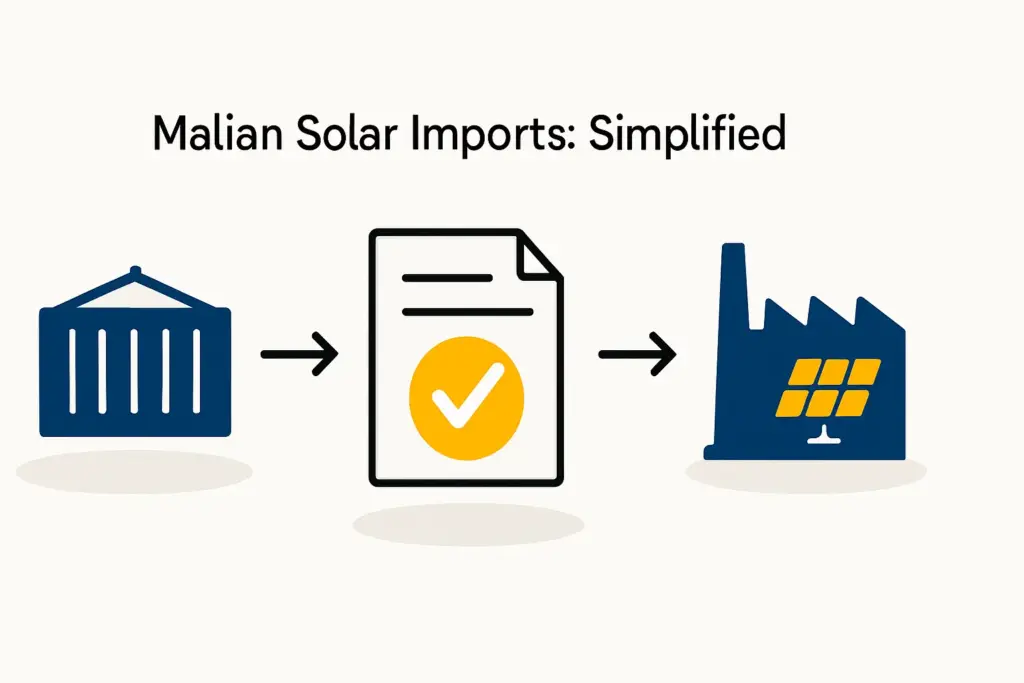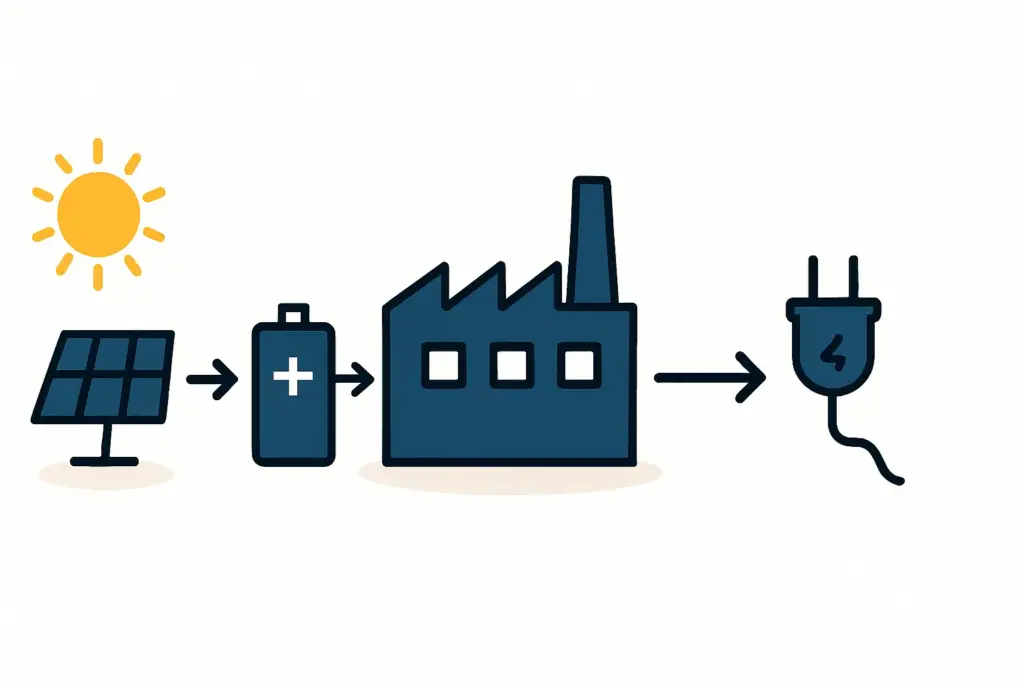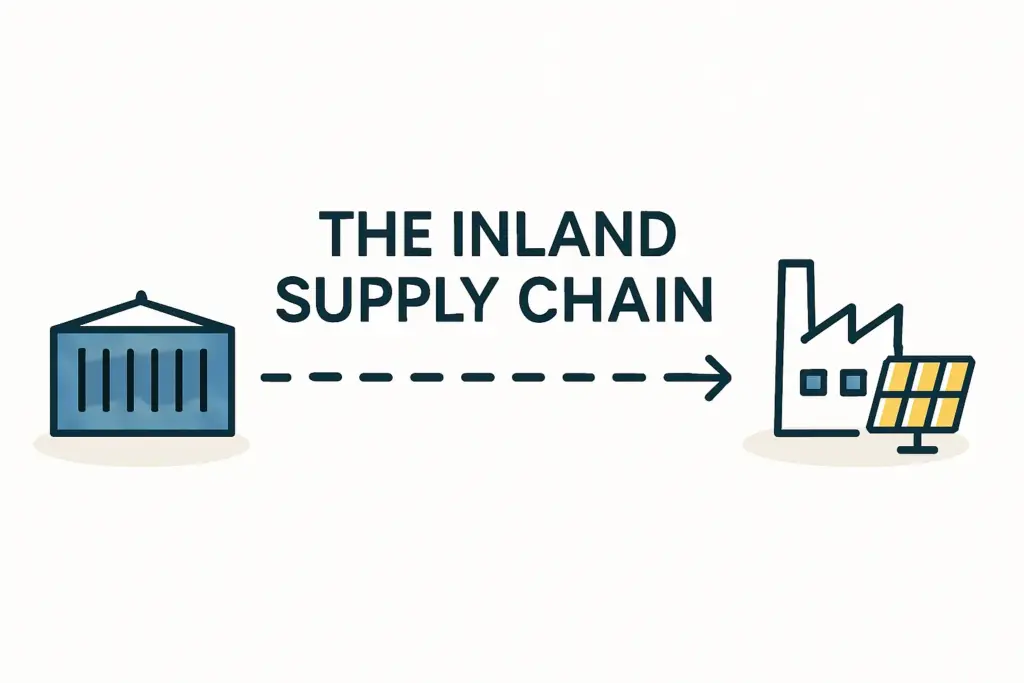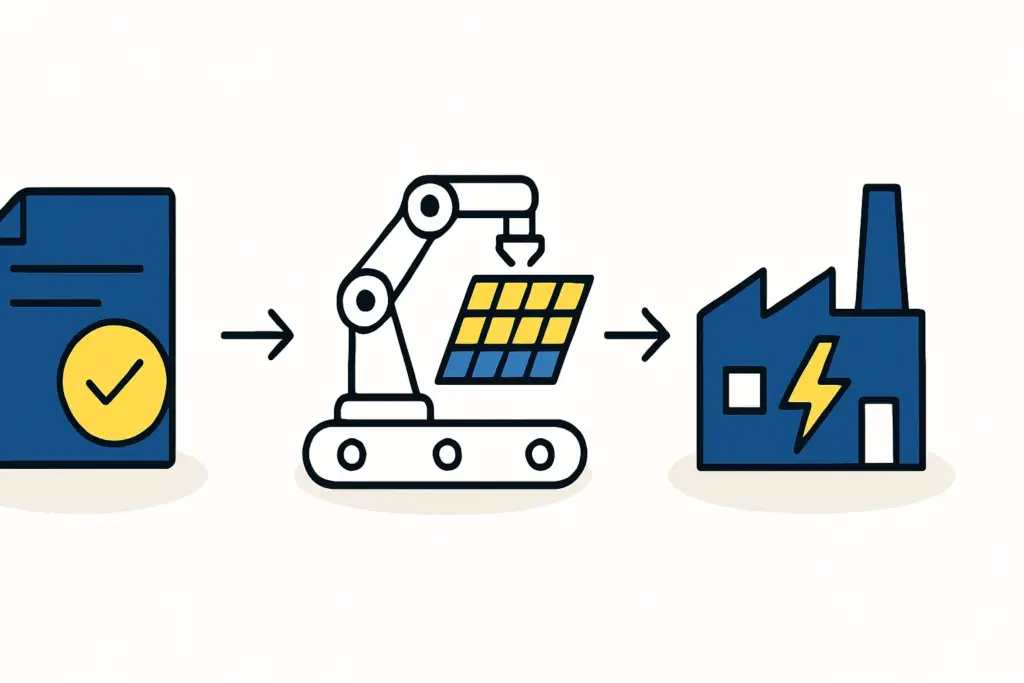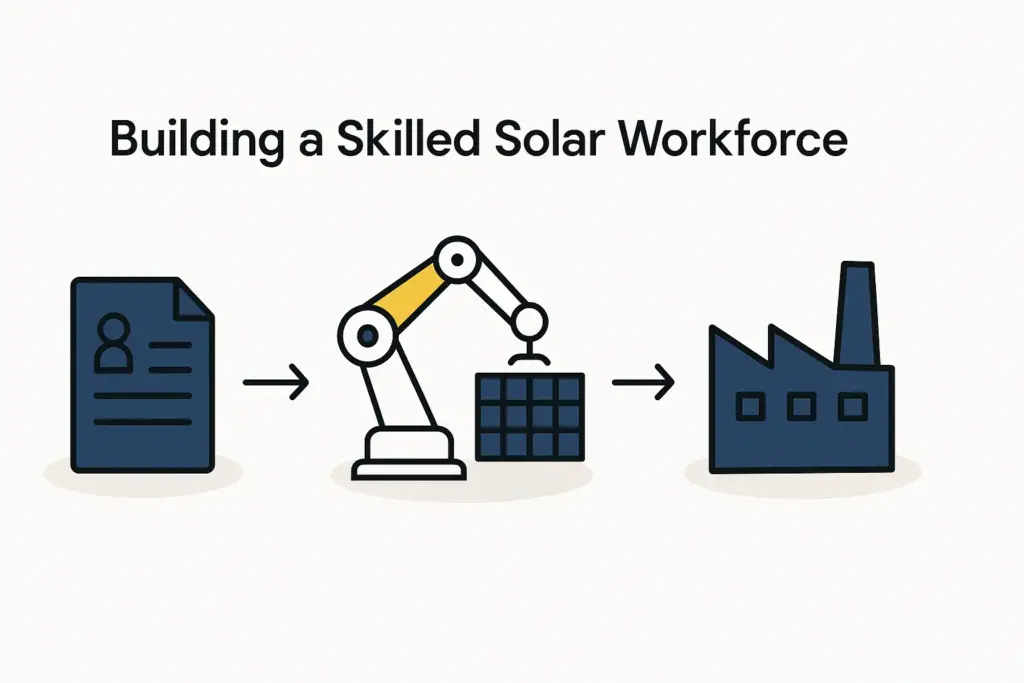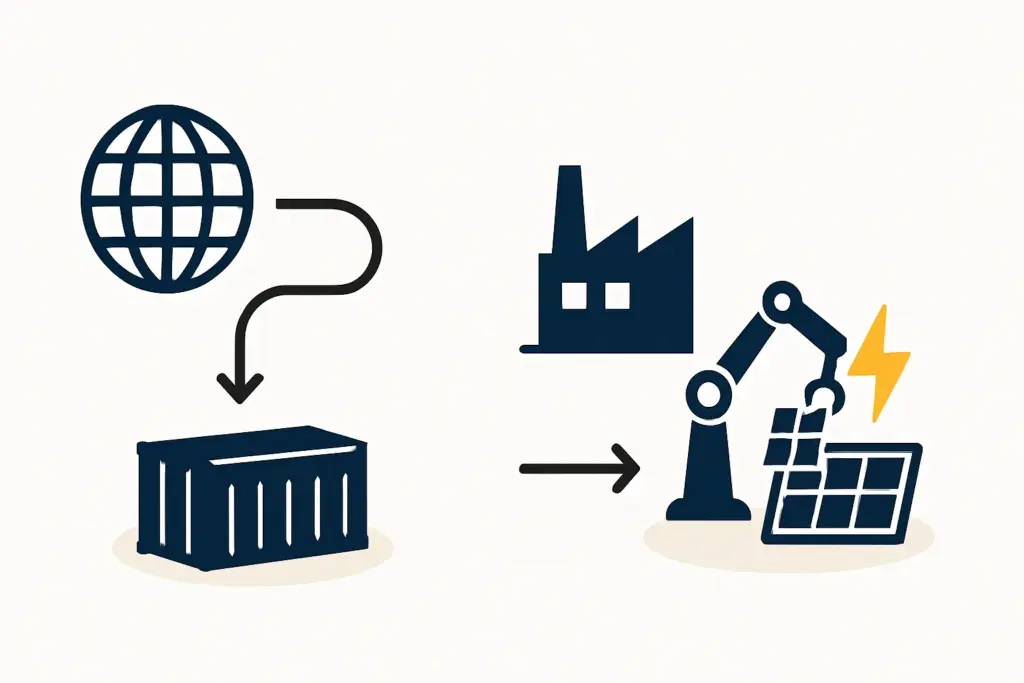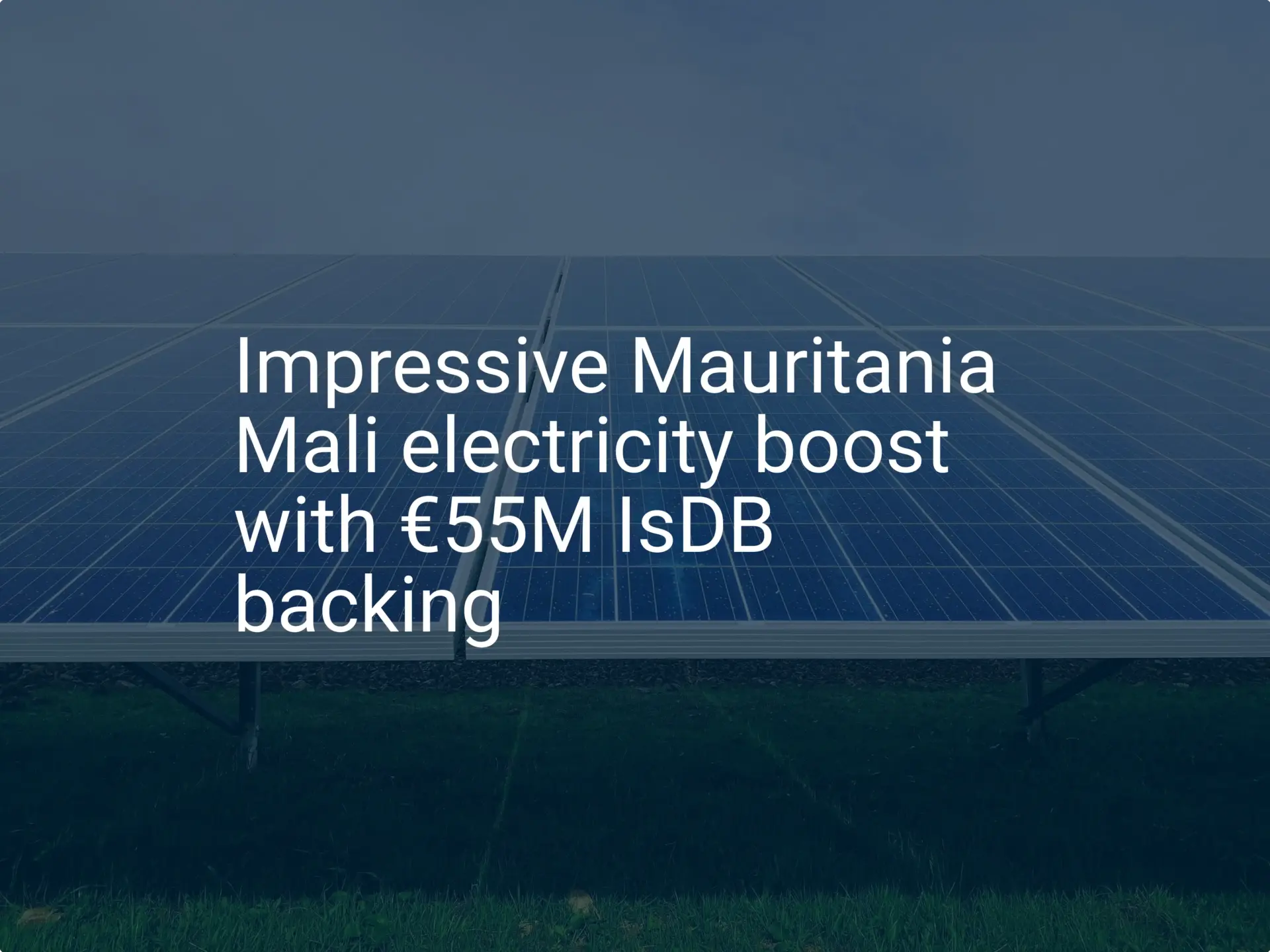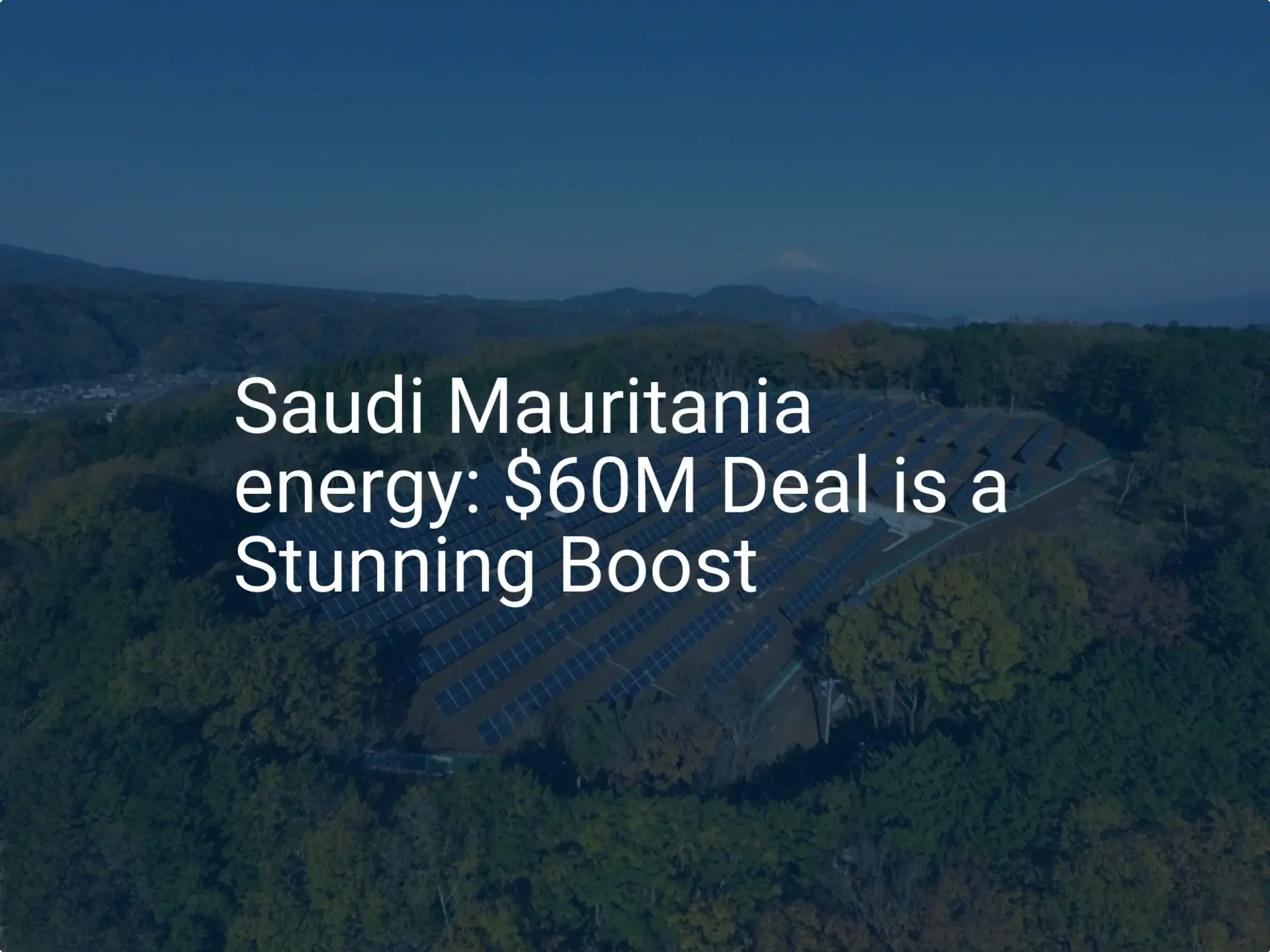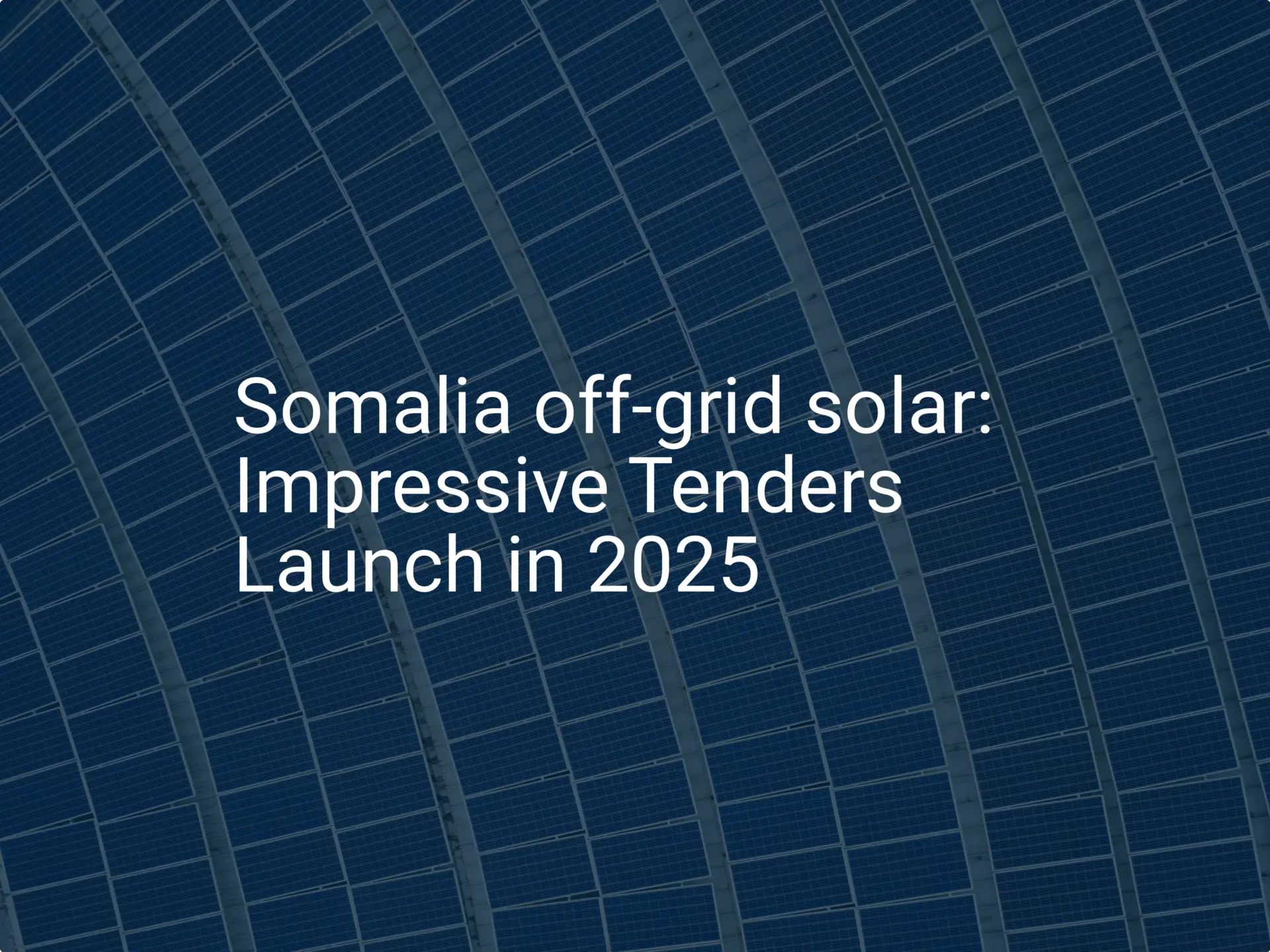Discover comprehensive insights into the statistics, market trends, and growth potential surrounding the solar panel manufacturing industry in Mali
- https://www.climate.top/ivory-coast/abidjan/sunlight/– sunshine and daylight hours in Bamako, Mali” Retrieved 9 July, 2024.
- https://globalsolaratlas.info/detail?c=16.370036,-2.290024,11&m=site&s=16.370036,-2.290024 – Global Solar Atlas “Mali” Retrieved 9 July, 2024.
- https://theelectricityhub.com/mali/ – “Electricity hub Mali” Retrieved 9 July, 2024.
- https://www.sinalda.com/world-voltages/africa/voltage-mali/ – “Power quality in Mali” Retrieved 9 July 2024.
- https://www.pv-magazine.com/2024/05/29/mali-to-build-200-mw-of-solar-with-russian-support/ – “Mali to build 200 MW of solar with Russian support” Retrieved 9 July 2024.
- https://www.afrik21.africa/en/after-sanankoroba-mali-launches-safo-solar-power-plant-with-china/ – “After sanakoroba, Mali launches safo solar power plant with china” Retrieved 9 July 9, 2024.
- https://documents1.worldbank.org/curated/pt/477001578638072626/pdf/Electricity-Utility-Reform-in-Mali-Lessons-from-Operations.pdf – “Electricity utility reform in Mali” Retrieved 9 July 9, 2024.
- https://theelectricityhub.com/mali/ – “The electricity hub Mali” Retrieved 9 July 2024.
- https://data.worldbank.org/indicator/EG.ELC.ACCS.ZS?locations=ML – “access to electricity % of population in Mali “Retrieved 12 July 2024.
- https://www.africanews.com/2023/05/12/mali-power-cuts-squeeze-businesses-households/ – “Mali power cut squeeze businesses and household “Retrieved 12 July 2024.
- https://africa-energy-portal.org/aep/country/mali – “Africa energy portal Mali” Retrieved 12 July 2024.
- https://www.irena.org/-/media/Files/IRENA/Agency/Publication/2019/Sep/IRENA_RRA_Mali_2019_En.pdf?rev=57a8796bea6f4aa29ee016f7c4094ae9 – “Renewables readiness assessment Mali” Retrieve 12 July 2024.
- https://www.gem.wiki/Category:Solar_farms_in_Mali – “Solar farms in Mali” Retrieved 9 July 2024.
- https://www.gogla.org/wp-content/uploads/2022/12/Mali-Country-Brief.pdf – “Googla Mali” Retrieved 12 July 2024.
- PowerPoint Presentation (usaid.gov) – “Mali energy sector overview “Retrieved 12 July 2024.
- https://www.timecamp.com/average-salary/mali/ – “Average salary in Mali” Retrieved 14 July 2024.
- https://database.earth/population/mali#google_vignette – “population in Mali” Retrieved 10 July 2024.
- https://ml.usembassy.gov/embassy/bamako/sections-offices/cost-of-operations/ – “Cost of Operations” Retrieved 19 July 2024.
- https://www.atlas-mag.net/en/article/the-insurance-market-in-mali – “The insurance market in Mali” Retrieved 14 July 2024.
- https://www.globalpetrolprices.com/Mali/electricity_prices/ – “Mali electricity prices” Retrieved 14 July 2024.
- https://www.afdb.org/en/news-and-events/malis-cif-funded-investment-plan-beacon-hope-renewable-energy-70508 – “Mali’s CIF-funded Investment Plan: A Beacon of Hope for Renewable Energy” Retrieved 14 July 2024.
- https://climate-laws.org/document/the-national-policy-for-the-protection-of-the-environment_aa7a – “The National Policy for the Protection of the Environment” Retrieved 13 July 2024.
- https://www.worldbank.org/en/news/press-release/2023/06/23/the-world-bank-strengthens-access-to-quality-electricity-in-mali – “World Bank Boosts Access to Quality Electricity in Mali” Retrieved 13 July 2024.
- https://www.climate-chance.org/wp-content/uploads/2023/01/bs2022_en_energie_ce_mali.pdf – “Access to “clean” energy thanks to decentralized solar mini-grids” Retrieved 13 July 2024.
- https://english.rvo.nl/casestudies/mini-grids-mali-reused-solar-systems-provide-9600-households-renewable-energy – “Mini-grids in Mali: Reused solar systems provide 9,600 households with renewable energy” Retrieved 13 July 2024.
- https://www.gem.wiki/Fana_solar_farm – “fana solar farm” Retrieved 13 July 2024.
- https://www.akuoenergy.com/en/akuo-in-the-world/all-our-projects/kita – Akuo energy “Kita” Retrieved 13 July 2024.
- https://www.gem.wiki/Segou_solar_farm – “Segou solar farm” Retrieved 13 July 2024.
- https://nexhos.com/ – Retrieved 13 July 2024.
- https://scatec.com/about/business-model/ – Retrieved 13 July 2024.
- https://novawind.ru/eng/company/ – Retrieved 13 July 2024.
- https://www.akuoenergy.com/en/our-activities – Retrieved 13 July 2024.
- https://kabasolar.com/ – Retrieved 13 July 2024.





